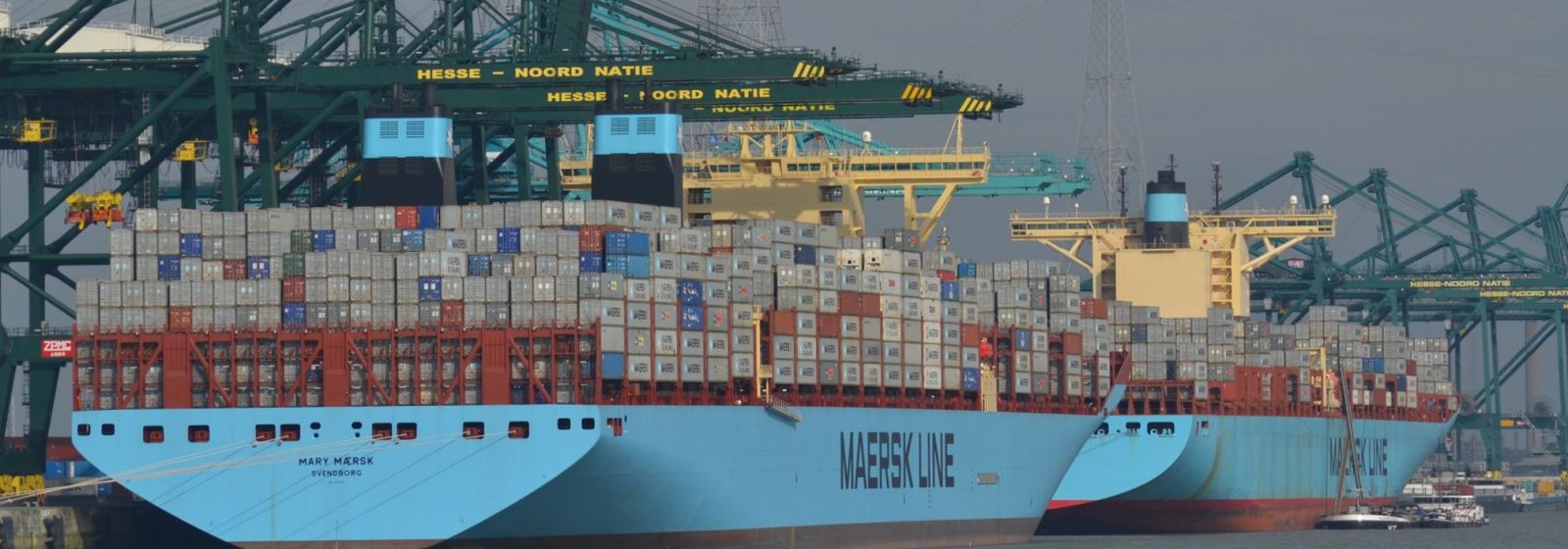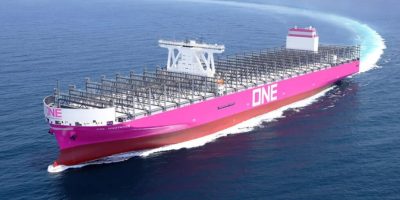
Tempus fugit. That saying applies more than ever when we go over all that has happened in liner shipping over the past decade. They were ten turbulent years with both good and bad days for shipping companies. You can also read this contribution in the anniversary edition of the magazine ’10 years of Flows’.
Let’s start with a flashback to 15 October 2013: there were almost 5,000 container ships in service then with a combined capacity of 17.3 million teu. Anno 2023, the container fleet reached 28 million teu, representing 62% growth in a decade.
Ten years ago, the world’s largest carrier was Maersk, with a fleet of nearly 2.6 million teu. Anno 2023, MSC is the market leader with a container armada of 5.6 million teu. The Geneva-based shipping company has more than doubled its fleet in that period: from 2.4 million teu in the last quarter of 2013 to its current size.
Consolidation
This is remarkable because MSC’s 129% growth was not achieved through acquisitions or mergers. Yet there was no shortage of the latter. Our look in the rear-view mirror reveals how many shipping names have disappeared from the liner scene since 2013 as a result of industry consolidation.
When Flows launched in October 2013, the top 10 still included shipping lines like APL (since 2016 part of CMA CGM), China Shipping (now COSCO) and MOL (now in the ONE joint venture with NYK and “K” Line). The top 30 then included names such as OOCL (since 2018 part of COSCO), Hamburg Süd (meanwhile Maersk) and UASC, CSAV and NileDutch, all of which were integrated within Hapag-Lloyd.
Read more below the picture.

© Stefan Verberckmoes – Since April 2018, all liner operations of the three Japanese shipping companies MOL, NYK and “K” Line have been bundled into Ocean Network Express (ONE).
Wrong bet
At the end of 2013, there were only four megamax vessels in operation, which were then, of course, the largest in the world. The first of these entered service in June 2013 as ‘Maersk Mc-Kinney Moller’ (18,340 teu). By choosing a series of 20 of these so-called Triple-E container giants, the Danish market leader took a big gamble.
It was thought in Copenhagen that no other competitor would be strong enough to also commission such behemoths, let alone fill them. The megamax ships would give Maersk an unprecedented cost advantage, the Danes thought. It turned out differently. Back in November 2014, China Shipping launched the new world record holder ‘CSCL Globe’ (18,980 teu), followed barely a month later by the even slightly larger ‘MSC Oscar’ of 19,224 teu.
The market was soon flooded with megamaxes. By October 2023, as many as 176 container giants of more than 18,000 teu were in service, with the largest having a nominal capacity of 24,346 teu.
Maersk’s mistaken gamble set the entire industry abuzz. No carrier proved capable of filling the many large container barges alone. Completely against their independent nature, Maersk and MSC attempted to form a mega-alliance with CMA CGM under the name P3 Network. The Chinese put a stop to that, leading to the launch of Maersk and MSC’s 2M Vessel Sharing Agreement.
Mega-alliances
Buying out other carriers also became a way to realise economies of scale, but this required regular reshuffling of alliances. Members of the former Grand Alliance, New World Alliance and CKYH (a combination of COSCO, “K” Line, Yang Ming and Hanjin) have since regrouped into the current three mega-alliances (2M, Ocean Alliance and THE Alliance). There was a lot to write about that too for years.
The financial results of container shipping companies were mostly not of that nature to write home about. From 2015 to 2019, average spot rates were lower than the level in October 2013. Shipping companies struggled with negative operating margins. In the second quarter of 2016, they sank to -9.3%.
Not much later, something nobody had dared to predict happened: South Korea’s largest shipping company and number seven in the top 10, Hanjin Shipping, collapsed. The industry plunged into chaos. Some other carriers only managed to survive that difficult period because of massive government support.
COVID-19
With the coronavirus outbreak in China, a new nightmare for the sector loomed, but it soon turned out to be completely different. With huge demand for consumer goods, a lack of spare ships and the fact that the available fleet could not be used efficiently due to port congestion, the balance between cargo supply and ship capacity tipped completely in the carriers’ favour for the first time.
The law of supply and demand asserted itself and sea freight rose to unprecedented levels. Apart from operating margins of more than 50 per cent, this earned the shipping companies a lot of criticism from shippers and governments. When the ship ‘Ever Given’ blocked the Suez Canal for six days in a mediagenic manner, the disrupted container flows made the general press worldwide for the first time.
Meanwhile, the liner market has already completely cooled down. With the monster profits from the COVID-19 period, very many new container ships were ordered. Although most of these will lead to a greening of the fleet, the sector is heading for heavy overcapacity and another period of lean years. We certainly do not expect a dull ride in container shipping in the coming years either.





